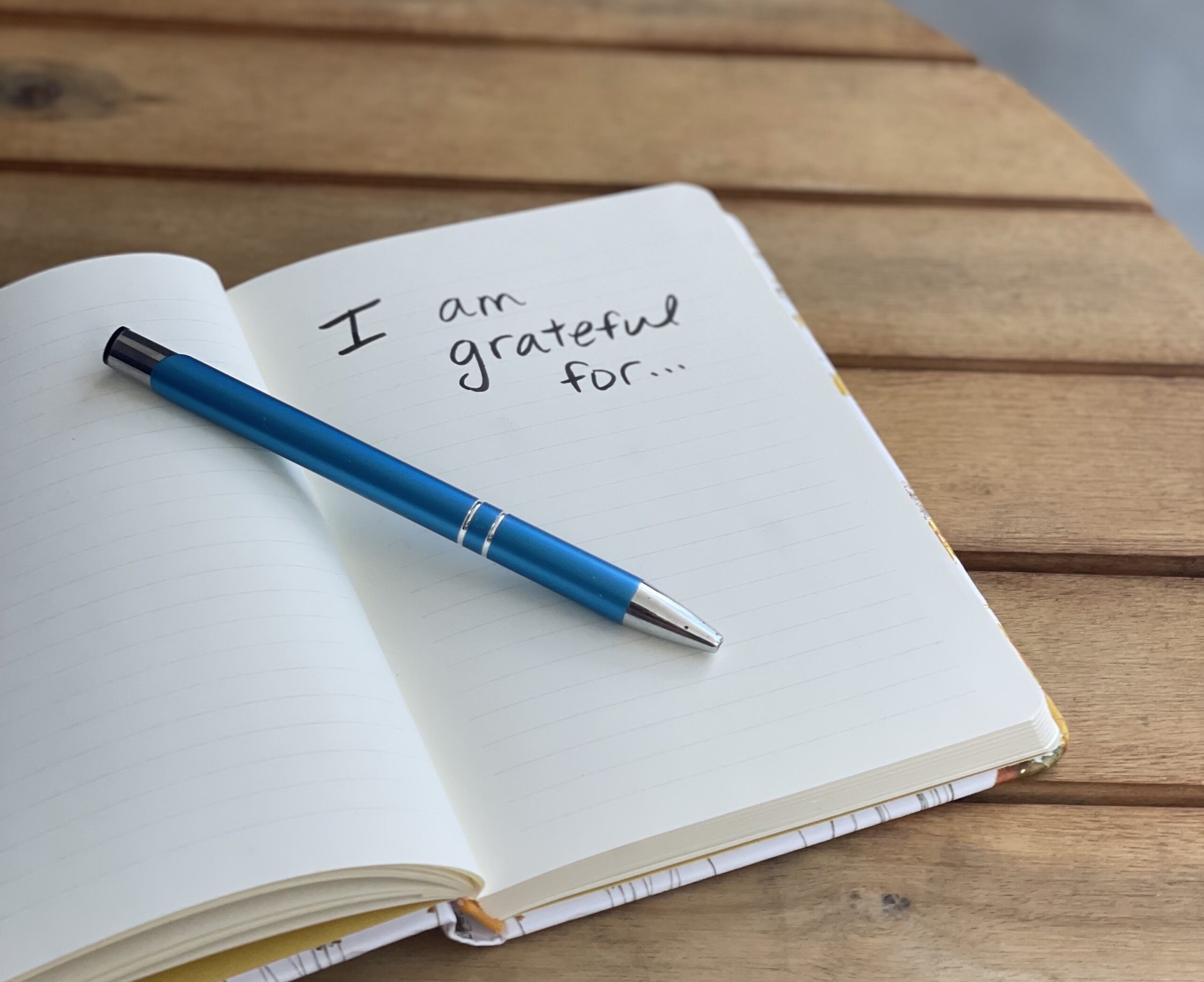Nurturing Understanding: Empowering Patients with Low Health Literacy through Effective Communication
You never know what environment you are going to walk into at the start of a busy clinic day. Patients visit their doctors with a multitude of expectations and fears surrounding their medical treatment and care.








